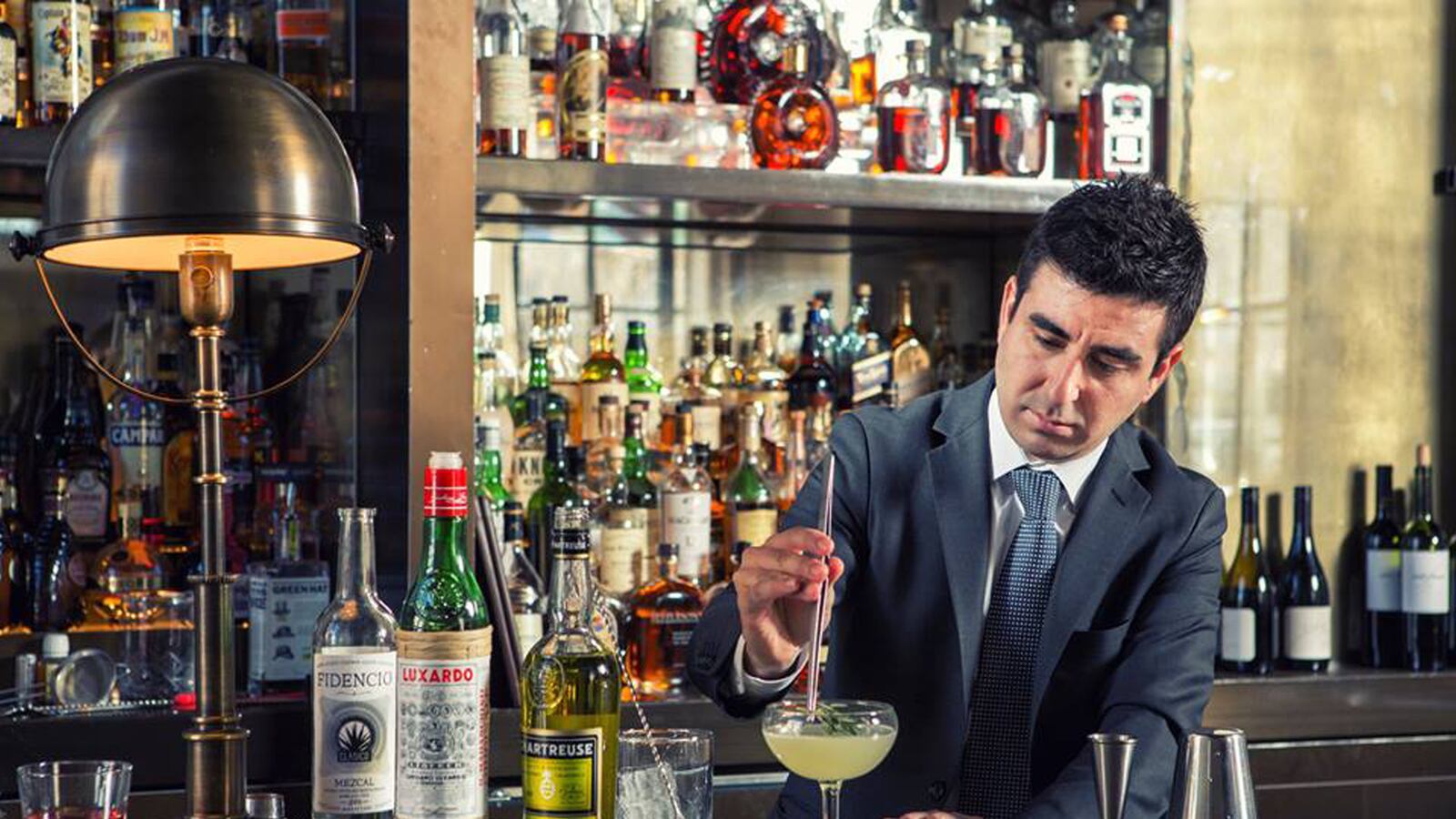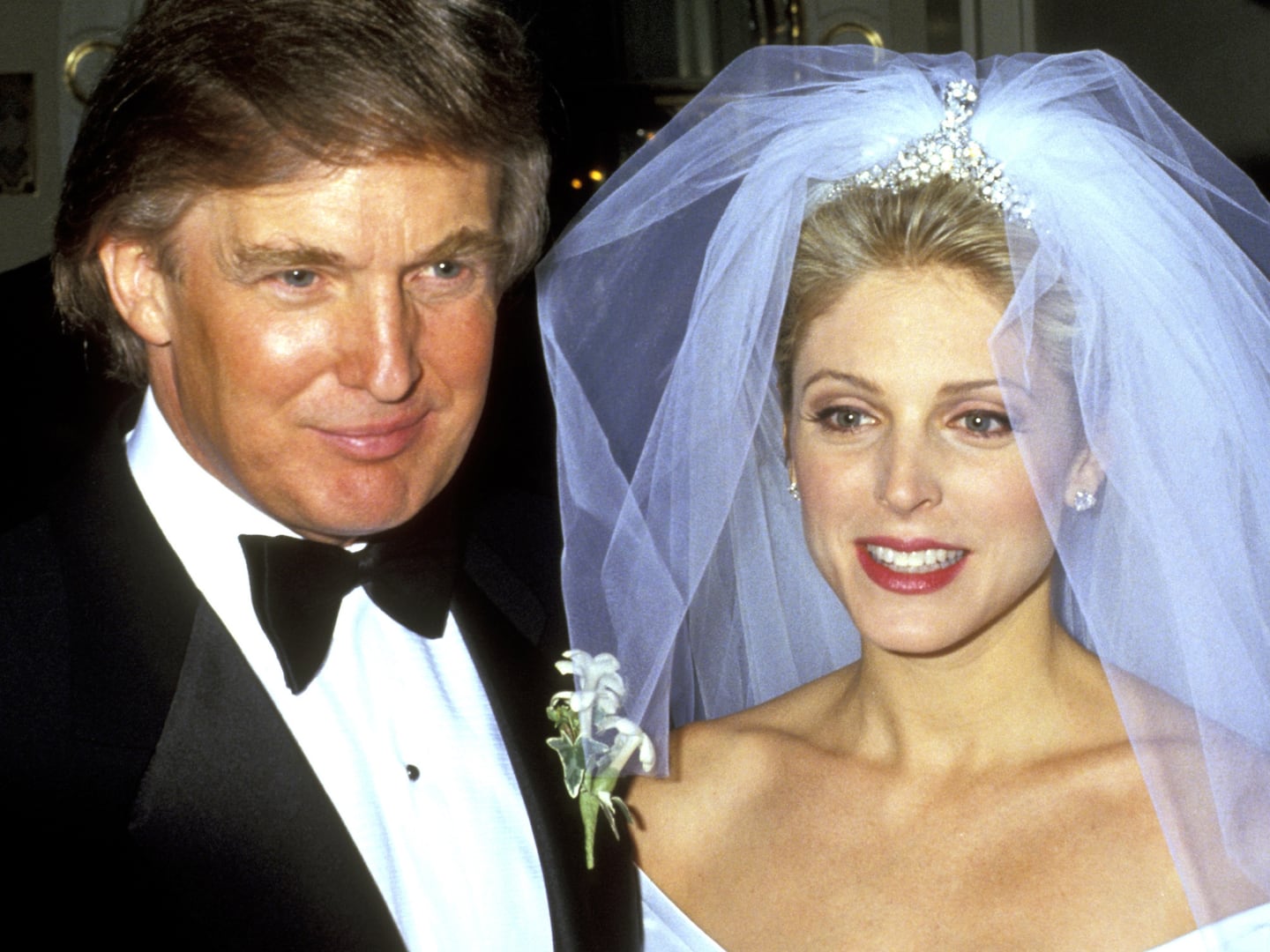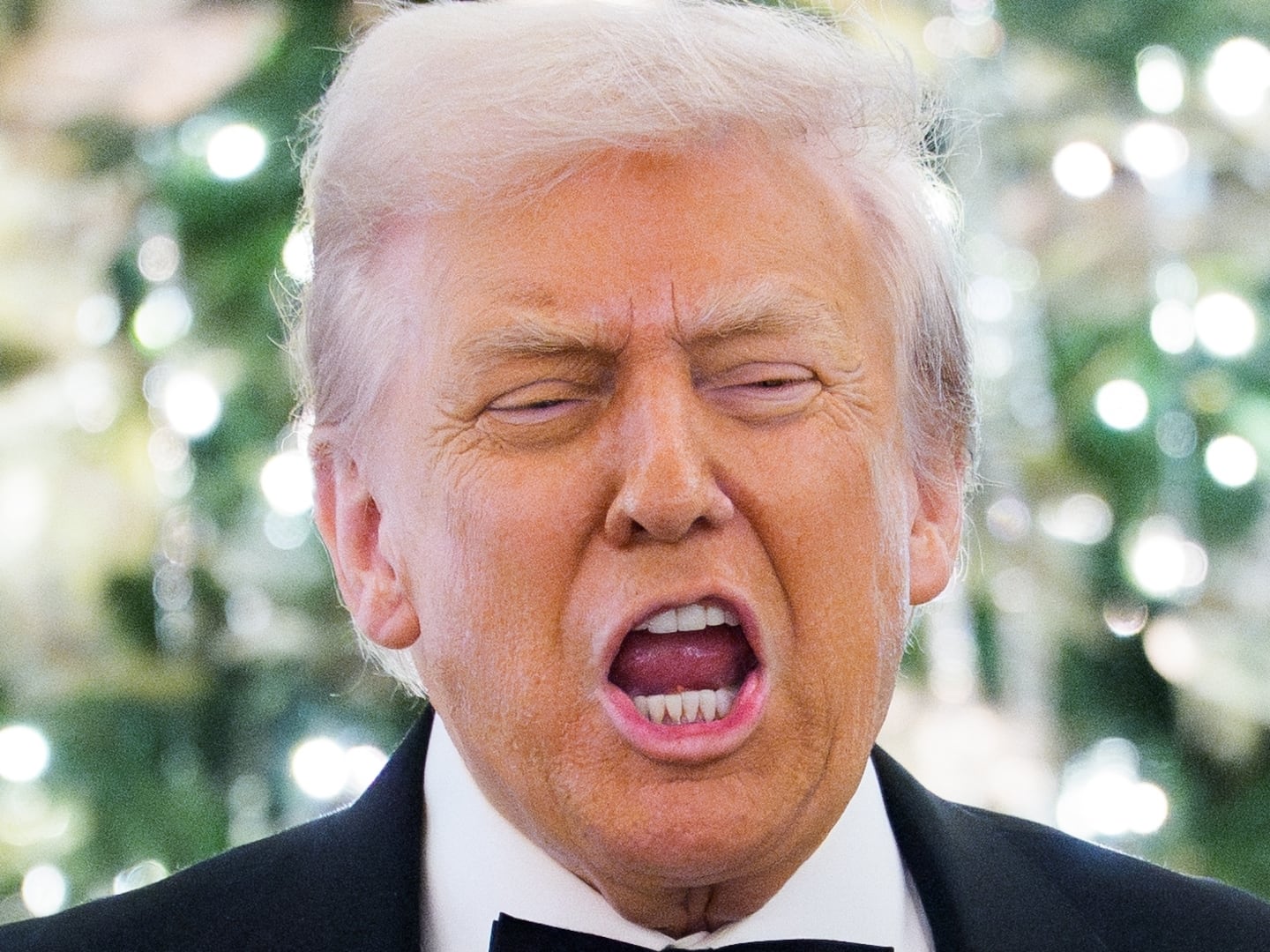During cherry blossom season this past spring, I took my husband’s visiting parents to the Bar at the St. Regis Washington, D.C. for a quiet place to enjoy a fine cocktail near the tourist attractions. The service staff, wearing black vests, ties, and slacks, attentively presented balanced, classic cocktails that we sipped from a corner leather booth, knowing that the White House, power seat of the free world, was just down the street. Nearby, an Italian businessman worked a deal, and a visiting couple unwound in the romantic setting after a day of sightseeing. The bar had brought together an array of people united by a desire to settle into a home away from home with a drink in hand. And we, at 4 o'clock in the afternoon, with the sun starting its descent over the horizon, were formidable. At least we felt so.
Walk into a good hotel bar, and you will sense the sort of hospitality that is difficult to match in any other watering hole. The old ones are opulent and historic, full of a welcoming comfort that is often elevated by wingback leather chairs and oak bar counters. Their new, upscale cousins often have a modern and chic, rather than palatial, design but they also quietly buzz with the background noise of ice cracking in a shaker. All have a way of making you feel special. But why do people always seem to overlook them?
I thought about this during Tales of the Cocktail week, which was headquarted at the Hotel Monteleone in New Orleans, probably one of the world’s most hospitable cities. Whether 10 a.m. or 1 a.m., the Monteleone’s Carousel Bar was a place for meeting new and old friends and seeking a respite from the French Quarter’s hustle and bustle. And everyone drinking there always seemed happy. Marvin Allen, the Carousel Bar’s head bartender and author of Magic in a Shaker, explains it like this: “Hotel bars are destinations,” Allen says. “[They] are a reflection of the hotel itself, so a hotel with high standards will demand that of their bar also.”
I’ve experienced that to be true. Many hotel bars offer complimentary, homemade snacks, Villeroy & Boch or Riedel glassware, logoed napkins durable enough to keep as souvenirs, and an ambience that promotes staying a while. That’s not so at the country’s hottest cocktail bars and “speakeasies,” where getting in takes two weeks and actually being there is supposed to feel like a privilege, often limited by appointments and rules. Don’t get me wrong: this experience is great fun and is a surefire way to get a finely crafted drink. But Elizabeth Pearce, Drink and Learn cocktail tour guide and author of The French Quarter Drinking Companion, puts it beautifully: “The attention at a fancy cocktail bar is either on the bartender or the drinks. In a hotel bar, there’s the focus on you, the guest.”
Pearce notes one of the best pieces of drinking advice her mother gave her: when you’re faced with a big decision and you don’t know what to do, go have a drink in the bar of the old hotel. She writes on her blog, “Hard decisions can make your life feel a mess, skewed and ugly. Here there is order, tranquility and beauty…you can stare into space, even close your eyes, and no one will bother you…This is the time to nurse your drink and listen to your own good counsel.”
These pleasantries and traditions allow one to imagine what hotel bars must have been like during their golden era in the 19th and early 20th centuries. There were no planes then so when you traveled, you committed to being on the road for weeks at a time, Pearce says. The hotel bar was someone’s second home, and that’s where respectable barmen plied their trades.
“Hotel bars were where the American cocktail grew up. American drinks were rough folk drinks until they ran through New York hotel bars,” cocktail historian David Wondrich says, citing the Hoffman House, New York’s grandest hotel during the mid 1800s, and New York’s Willard Hotel, which would fetch ingredients for a drink if a guest asked for something they did not have.
“That’s the promise of the hotel bar,” Wondrich explains, “that ‘we will accommodate you.’”
During Prohibition, American bartenders fled to hotel bars overseas, like London’s American Bar at the Savoy or the Artesian Bar at the Langham Hotel, Bar Hemingway at the Ritz Hotel or the Stravinsky Bar at the Hotel de Russie in Rome. It’s in these bars that they created the classic cocktails we know today, such as the Sidecar and the Martini.
Though many old hotel bars have remained committed to the service tradition, many more have not remained the bastions of cocktail innovation they once were, Wondrich explains, noting he still occasionally sees fruit flies and warm glasses.
Despite the lack of craft that may now exist at many average hotel bars, those of the four- and five star variety are beginning to come back en vogue, worthy of patronage for more than just a shot and a beer. If all hotel bars faithfully practiced the hospitality and craft cocktail traditions of yesteryear, then many more people could once again experience the special, home away from home quality of the establishments in their own cities.
“For one of the big hotel chains, there’s an opportunity to put a first class bar in every city. But with no compromises [on ingredients]. When they do that, they’re just going to crush it around the world,” Wondrich says.
In the meantime, you can find me on a leather chair near the White House.
The Best Hotel Bars:
The Bar at the St. Regis, Washington D.C.923 16th St NWWashington, D.C. 20006 (202) 638-2626
The Bar at the NoMad Hotel1170 BroadwayNew York, NY 10001(212) 796-1500
The Carousel Bar at the Hotel Monteleone214 Royal St.New Orleans, LA 70130 (504) 523-3341
Library Bar at the Rittenhouse210 West Rittenhouse SquarePhiladelphia, PA 19103 (215) 546-9000
The Biltmore Bar at the Biltmore, Coral Gables1200 Anastasia AvenueCoral Gables, FL 33134(855) 311.6903






